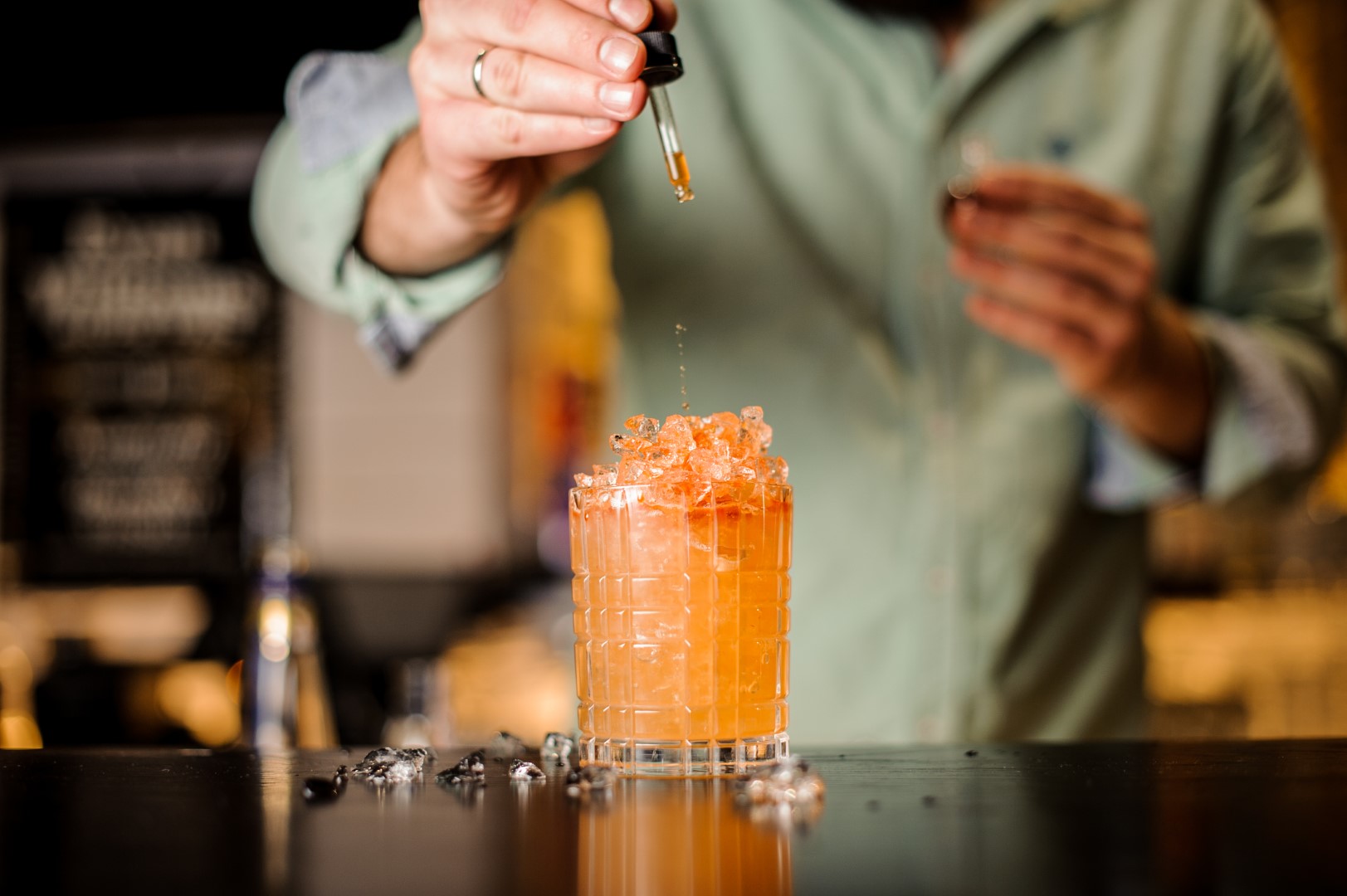
What does it mean?
By Brittney MacDonald, Life & Style Editor
It seems like such a silly little thing. How can a safety pin act as a means of showing solidarity in the wake of such a toxic election?
As one of my friends very eloquently put it: “Safety pins hold dresses together, sometimes for a few days and before you have a chance to do some mending. America won’t be held together with safety pins, not even for a few days,” and although I support this sentiment, I do find that there are more things to consider.
As a Canadian I am in a very privileged position, as the effects and consequences of this election will only involve me second hand, and though I am afraid of what those effects might be—afraid for my friends and family in America—I am not going to experience them on a daily basis. In the wake of the election, there has been a huge eruption of violence from both the left and right wings, and people are afraid.
The thing about social media movements is that they’re extremely interpretive at times. To one person the wearing of a safety pin might represent displaying your belief that America will persevere, despite the divided state it is currently in. To another, wearing a safety pin might be a statement towards your dissatisfaction with the election results, and to a final group, it might be a visual representation of safety. In fact, that idea of safety is where the safety pin movement began. Before the election, before anything to do with America, there was Brexit.
Brexit is the United Kingdom’s withdrawal from the European Union. It was something that was voted for and approved by the United Kingdom’s population, but despite this, many British people were not happy with the decision. During the process of Brexit, there were large numbers of racially motivated attacks. Thus, the wearing of a safety pin became a visual cue to racial minorities in the UK that you were a safe person to be around.
When you have such a divided population, there sometimes needs to be visual cues that you are someone that minorities or people who are discriminated against can see as an ally. That no matter what your moral beliefs are, you won’t hurt or attack them. We’ve seen this throughout history, the wearing of a pinky or a thumb ring to denote homosexuality or a queer ally, the use of the colour yellow to show support towards feminine equality, the list goes on and on. The difference here is that rather than a safety pin showing support towards a singular minority, it is instead representative of America as a whole. A means of displaying your support for all people no matter race, gender, sexual preference, or political differences.
Sure, there is an argument that this is a temporary fix. That—like actual safety pins—this movement has no longevity. Though that may be true, it does have a morale effect. The act of doing something, however small, is still a conscious effort. Meaning that you feel involved, even though in actuality you can’t really affect anything on a grander level. You can’t turn back the clock and elect someone else, you can’t suddenly acquire bucket-loads of money and move away, and you can’t stop the violent acts that are happening as a result of how divided America is right now. All you can do is affect your immediate space by letting others know you are a safe person to be near. Perhaps it is only a placebo effect, and maybe you will only feel better superficially because you feel like you did something—but maybe it’s not about you. No, America can’t be fixed with safety pins, but for a Muslim woman in New York, entering a crowded public bus and seeing someone with a safety pin on their lapel—hopefully that small thing might make them feel a bit better, knowing that at least one person in that space would have their back in an unsavoury situation.


